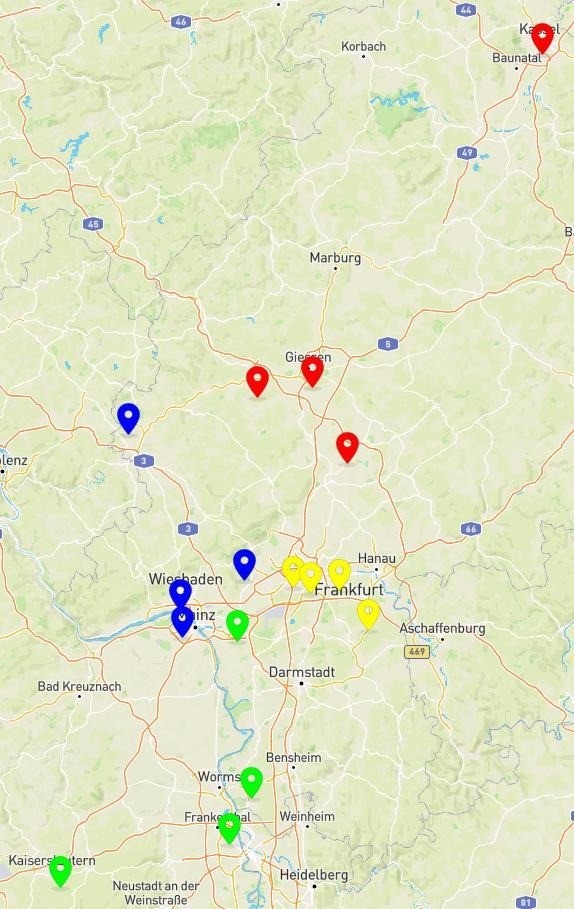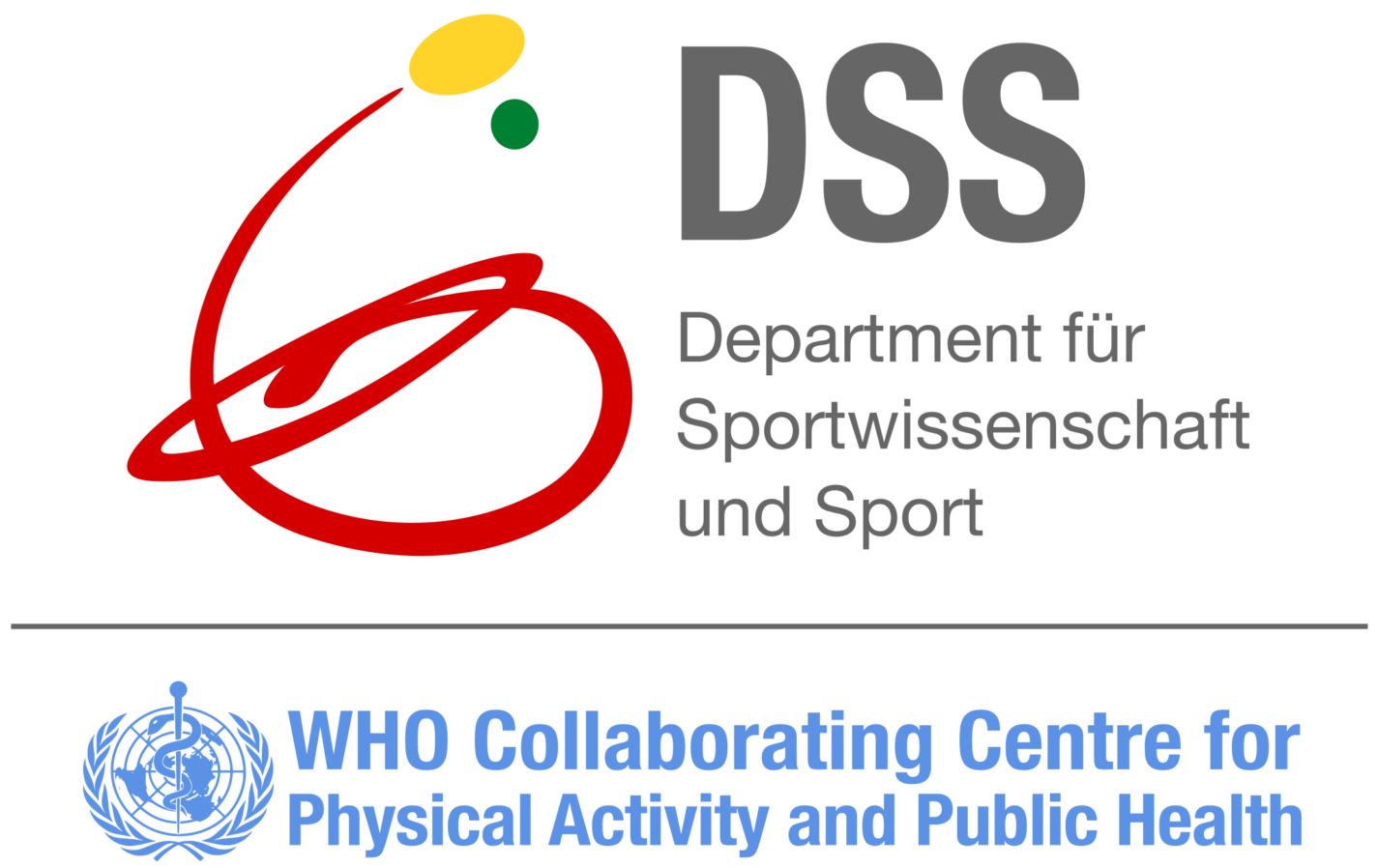Minimising travel distances in American Football
Researchers from the WHO Collaborating Centre for Physical Activity and Public Health are collaborating with Dominik Bantle (league head) and Frank Grimm (head coach of the youth selection team) from the American Football Federation Hesse (www.afvh.de) to explore ways to reduce travel in Flag Football among adolescent teams.
Longer driving distances lead to higher CO2 emissions. Additionally, extended travel distances make youth sports more time-consuming for adolescents, parents, coaches, and all other volunteers involved. Reducing travel distances also saves money on gas. As such, decreasing travel distances in sports benefits both people and the planet!
The WHO Collaborating Centre for Physical Activity and Public Health has partnered with computer scientists to devise an algorithm capable of suggesting league and play formats that minimize total travel distances and times for any given number of teams (whether measured in straight-line distances, actual driving distances, or travel times by public transport). Preliminary findings on travel distances in amateur sports and how to reduce those have been detailed in a pre-print by WHO CC staff: Travel distances in amateur football and handball in Germany | Research Square.
The picture shows the optimal solution (shortest total travel distance) for 16 youth teams playing against each other in 4 x 4 groups. Each team plays 3 tournaments, and 2 games per tournament. The resulting car travel distances for all teams and leagues are shown below.
| Group A (2990 km): | Group B (1587 km): |
| Kassel (1259 km)
Wölfersheim (813 km) Gießen (682 km) Wetzlar (236 km) |
Hadamar (581 km)
Kelkheim (455 km) Wiesbaden (339 km) Mainz (213 km) |
| Group C (565 km): | Group D (1838 km): |
| Frankfurt (153 km)
Nauheim (124 km) Offenbach (197 km) Rodgau (168 km) |
Bürstadt (531 km)
Rüsselsheim (556 km) Lautern (502 km) Ludwigshafen (527 km) |
| Total distance: 6983 km |


